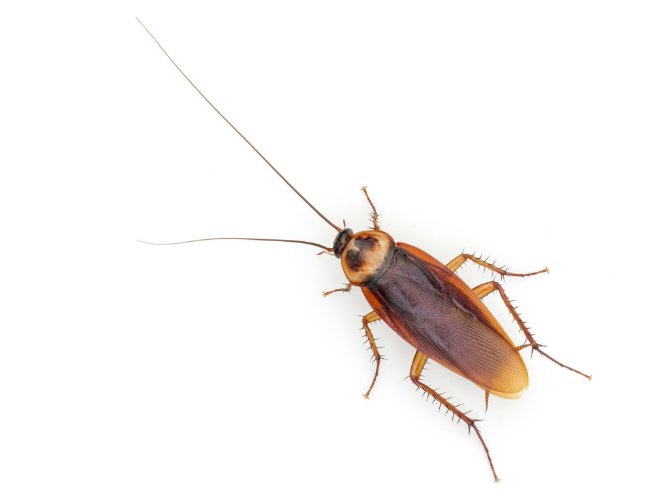Matt Smith | Source | Owner & Licensed Professional Pest Control Technician at Green Pest Management

Matt Smith
Matt Smith has been working in the pest control industry for since 2009. He is a co-owner of Green Pest Management which was started in 2014 in New Castle, Delaware. With his background and experience he is knowledgeable about a variety of pests, pest activity, and ways of dealing with pests infesting homes.
-
Green Pest Management
Owner & Licensed Professional Pest Control Technician
-
We Asked a Pest Pro How They Really Keep Ants Out, and We Wish We Thought of This Sooner
A pest control pro reveals exactly what product they use to keep ants out of their home all summer long. And they explain why this product works so well.
Article -
7 Natural Ways to Keep Ants Away From Your Hummingbird Feeder, According to Pest Experts
Ants can invade a hummingbird feeder and cause the birds themselves to stay away. In order to prevent this from happening, try these expert-approved, natural methods for keeping ants at bay.
Article -
Here's Exactly How to Get Rid of Water Bugs Once and for All
If you're wondering how to get rid of water bugs, this guide can help you remove them from your home and keep them out in the future.
Article
-
Expert Tips: Eliminating Cockroaches and Springtails from Your Home
Matt advises using "insect growth regulators like gentrol" for cockroaches, applying them in hidden areas. For springtails, he recommends a "contact killer spray." He emphasizes proactive pest control, suggesting regular inspections and preventive measures to avoid infestations. Matt's extensive experience since 2009 makes him a reliable source for pest management solutions. -
Effective Gnat Control: Expert Tips from Green Pest Management
Matt advises identifying the moisture source attracting gnats. He recommends using sticky traps to monitor gnat populations and suggests drying out house plants and cleaning drains. Matt emphasizes, “Once the source is found and made inhabitable the problem will resolve very quickly.” For more information, visit Green Pest Management's website.
-
'The best way to get rid of carpenter bees is to use a powder pesticide dusted into the hole,' affirms Matt Smith, founder of Green Pest Management. 'The liquid ones absorb into the wood too quickly and don't have nearly the shelf life of a powder.' Matt Smith shares another top tip: to avoid plugging up the holes: 'Many people will think that we plug up their hole now they are gone forever. That isn't the case – they can very easily just drill another hole. So we leave them open and allow them and any other carpenter bees to go in and get the powder pesticide on them,' he sayd.
If you want to plug up the holes, Matt Smith suggests doing it in the fall after a few days from the last application. You might need to make repeat applications, starting in early spring. Once the bees have died, seal up the holes to prevent them from being used by new bees. Lengths of wooden dowelling or caulk can be used to plug the holes.
'Aluminum foil will prevent them from going in that hole, but you have to remember that if they drilled that hole they can drill another one,' says pest control expert Matt Smith.Homes & Gardens: "How to get rid of carpenter bees – the best solution to deter these burrowing pests"
by Lucy Searle 9/5/23 -
‘Natural products usually take longer, more effort is required, and they typically cost more over time...Used in the wrong way they will also push pests around and not really take care of the problem. Using them consistently and regularly may eventually pay off, but it shouldn’t be a go-to for every situation.’
Home & Gardens Article: "Pest control mistakes – 5 things pros say will only make infestations worse" - Chiana Dickson June 23, 2023
-
"Wasps, much like ants, use pheromones to help them find safe places to build a nest, so if you have old ones you will typically have new ones right next to it,"
"Once you have looked for nests, then you can set up wasp bait traps along the perimeter of the yard,"
Best Life: "5 Easy Ways to Keep Wasps Out of Your Yard, Pest Experts Say" - Courtney Shapiro, June 25, 2023
:max_bytes(150000):strip_icc()/GettyImages-1488893830-874c80dddfb144e29464fa184496141f.jpg)
:max_bytes(150000):strip_icc()/GettyImages-603282862-565dca648f564ccbb9d3a8b70ade8d1a.jpg)

